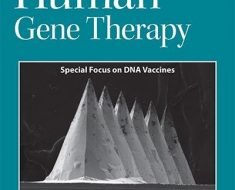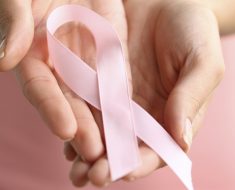(HealthDay)—Mumps is a highly infectious disease, as Texas cheerleaders and their supporters found out in one recent outbreak.
Researchers looked over data on a mumps outbreak that began in December 2016 among those attending three cheerleading events in North Texas.
“In all, 12 mumps cases (five confirmed and seven probable) in five counties were identified in persons who were nonathlete participants or attendees at three cheerleading competitions or were household contacts of mumps patients,” said a team led by Diane Cervantes. She’s with the Texas Department of State Health Services in Arlington.
“Mumps is a respiratory virus that is airborne and spread by droplets person to person via coughing or sneezing or nasal secretions,” said Dr. Robert Glatter, who’s treated cases as an emergency physician at Lenox Hill Hospital in New York City. He said people can also pick up mumps by kissing an infected person or touching a surface contaminated with infected saliva or mucous.
Infection usually shows up as a swelling of the parotid (salivary) glands located just below and in front of the ears. Mumps isn’t typically fatal, but it is unpleasant, and complications can include much more serious diseases such as meningitis or encephalitis (brain swelling).
One reason infection can spread easily is that the “incubation period for mumps is long, lasting 12-25 days before swelling of the parotid gland develops,” Glatter noted.
“Mumps is highly contagious, and is typically most infectious 1-2 days before onset of infection in the parotid gland [salivary gland] till 5-6 days after,” he said. That means it’s crucial that people with the illness are isolated for at least 5 days after glandular swelling occurs.
In the Texas cheerleader outbreak, the first case was reported in early December 2016 in a 41-year-old woman. She’d attended a cheerleading competition 16 days before noticing swelling in her glands.
A second case, this time in a 24-year-old woman who’d attended a separate cheerleading event, was diagnosed soon after. This woman had been a gymnastic instructor at the first cheerleading facility, Cervantes’ team said.
Soon, other cases emerged, involving people of varying ages—from a 15-year-old student to the 45-year-old parent of another student.
In total, 12 cases of mumps were traced back to three separate cheerleading events or the households of people infected at the events, the study found.
Vaccination is your best defense against mumps, Glatter stressed, although in the Texas outbreak, even prior vaccination wasn’t foolproof.
“All 12 patients reported having received at least 1 dose of measles-mumps-rubella [MMR] vaccine,” Cervantes’ team said.
But Glatter believes the case count in the Texas outbreak could have been even higher if people hadn’t routinely gotten the MMR shots.
“People who have received two doses of the MMR vaccine are nearly 9 times less likely to get mumps than unvaccinated people who have a similar exposure to mumps virus,” he said.
“That said, a small number of people who receive two doses of MMR can still get mumps, especially if they have close and prolonged contact with someone who has the virus,” Glatter added. “But if a vaccinated person does develop mumps, the severity of their illness will be much less compared to an unvaccinated person.”
Cervantes’ group noted that the Texas outbreak was one of the first where attendees at a sporting event, rather than the athletes themselves, were the main victims.
That shows it’s important that everyone get the MMR shot “to reduce transmission risk or disease severity,” the researchers said.
Source: Read Full Article





